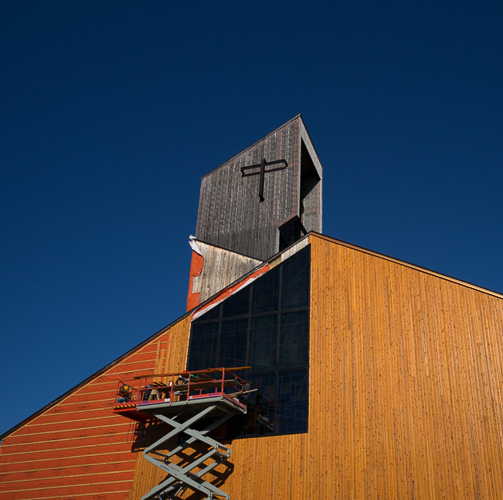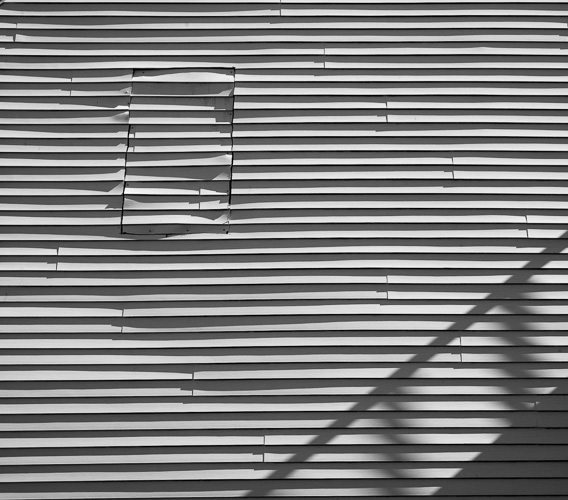Frame lines
The finder frame lines in the M240 are illuminated from within the camera, rather than from a window cut into it. That means that they don’t dim when a shadow falls over the window. Good. That means that they can be white or red (I like red). Also good. That also means that you don’t see any frame lines until you turn the camera on. Some say that’s bad, but it’s never been a problem for me. That brings me to…
Wake-up time
You can turn a D4 on as you’re lifting it to your eye, and it’ll be ready to take a picture when you are. Not so with the M240. The camera takes a second or two to wake up with live view off, and a bit longer with it off. It can be a problem for street photography, which I do with an optical finder. If you let the camera turn itself off after a period of no usage, you have to press the shutter release to wake it up, and then wait before the shutter will trip. You can tell the camera not to ever turn itself off, but then you run the risk of setting it down when it’s on and having a dead battery when you pick it up again. I found that it worked fairly well for me to turn the camera off when I wasn’t planning on taking a picture, and turning it on when I thought I might, but maybe I should have just disabled the auto-shutoff and taken my chances.
Church Renovation, Gaspe, Quebec. 18mm SE, f/9.5 @ 1/1000, ISO 200
You need auto-shutoff when you’re using live view, because that mode drains the battery fairly rapidly.
Some have said that the camera wakes up faster with smaller SD cards installed. I’ve not tested this.
Battery life
The M240 has a 13.32 watt-hour battery. For comparison, the diminutive RX-1 battery has 4.5 watt-hour capacity, and you can’t turn live view off. The M9 has a 6.7 watt-hour battery, and you can’t turn live view on. The increased M240 battery capacity, while not up there with the much larger D4’s 22 watt-hours, means that you can be assured of at least a thousand images on a charge with live view off, and probably a lot more. With live view on, you’ll probably get three or four hundred, but a lot will depend on how much time you spend looking and how often you trip the shutter. With the RX-1, I’ve noticed that using the clip-on EVF extends the battery life. I would expect that to be true of the M240 as well, but I haven’t tested it.
Boarded-up Window, Yarmouth, Nova Scotia. 50mm ‘lux, f/8 @ 1/350, ISO 200
The D4’s battery is good for at least 3000 pictures on a charge. Unless the circumstances are highly unusual, you just don’t worry about the battery life. You put one in in the morning, and you’re good to go all day. With the M240, with live view off, you feel the same way, even with fewer pictures to a charge. The reason is that, with the M240, you don’t take as many pictures. The much slower continuous frame rate on the M240 means that I never use it, unless I flip the dial too far when I’m turning on the camera. The lack of autofocus means that there’s more time spent between images. So I think the battery life is great when you use the camera that way.
If you’re using live view, unless you’re parsimonious with your exposures, you’ll want a spare battery in your pocket when you leave for a day of picture-making. That’s OK; they’re light. Like all things Leica, they cost more than you think they should ($190 vs $140 for the much larger D4 battery), but we’re used to that, right?


Leave a Reply